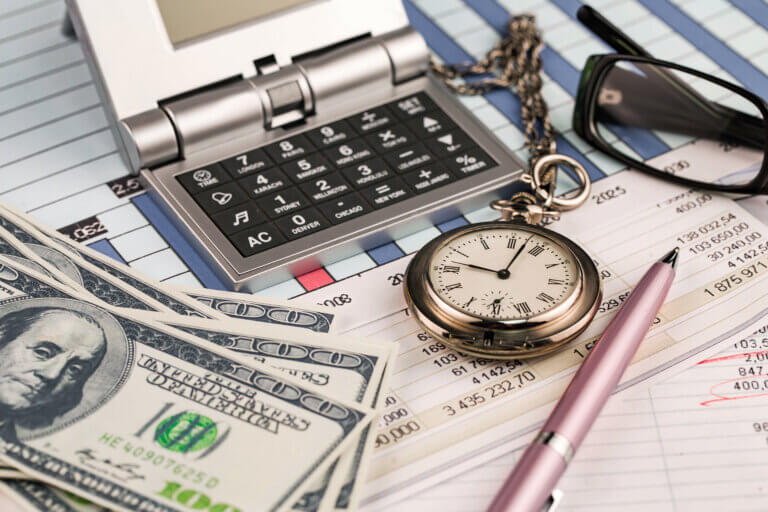IRS: Taxpayers can get faster tax refunds with Direct Deposit
WASHINGTON — With the tax deadline nearly here, the Internal Revenue Service encourages all taxpayers to join the 80 percent of filers who choose Direct Deposit to get their tax refund faster.
Direct Deposit into a bank or other account is a secure option. It avoids the possibility of lost, stolen or undeliverable refund checks. The IRS uses the same system to deposit tax refunds that Social Security and Veterans Affairs use to deposit 98 percent of benefits into millions of accounts.
Choosing Direct Deposit is easy when electronically filing. A taxpayer – or their tax preparer – simply selects it as the refund method in their tax software and enters account and routing numbers. Paper filers should follow the instructions on their tax form. With either method, double check entries to avoid errors.
Direct Deposit also saves taxpayer money. It costs the IRS more than $1 to issue a paper refund check, but only a dime for each direct deposit.
E-file plus Direct Deposit yields fastest refunds.
The IRS urges taxpayers to file electronically. While a person can choose Direct Deposit no matter how they file, e-filers will typically see their refund in fewer than 21 days.
Taxpayers can use IRS Free File or commercially available tax software to electronically file. E-filing vastly reduces tax return mistakes, as the tax software does the calculations, flags common errors and prompts taxpayers for missing information. The tax software also reflects tax law changes, such as those from the Tax Cuts and Jobs Act, so taxpayers don’t need to know all the details to make sure they’re getting their taxes done right.
Split refunds
A taxpayer can deposit their full tax refund into one account or split the refund into two or three financial accounts, including a bank or Individual Retirement Account. Part of the refund can even be used to purchase up to $5,000 in U.S. Series I Savings Bonds.
When filing electronically, a taxpayer can split their refund by using the process outlined in the tax software. Those filing a paper return split a refund by using IRS Form 8888, Allocation of Refund (including Savings Bond Purchases).
The IRS reminds taxpayers they should only deposit tax refunds directly into accounts that are in their name, their spouse’s name or both if it’s a joint account. No more than three electronic tax refunds can be deposited into a single financial account or prepaid debit card. Taxpayers who exceed the limit will receive an IRS notice.
Tracking a tax refund
Taxpayers can track their refund using “Where’s My Refund?” It’s available on IRS.gov or by downloading the IRS2Go mobile app. “Where’s My Refund?” is updated once daily, usually overnight, so there’s no reason to check more than once per day. The “Where’s My Refund?” tool has the same status information as IRS phone staff. Taxpayers can check “Where’s My Refund?” within 24 hours after the IRS has received their e-filed return. Paper filers can check four weeks after they mailed their paper return. “Where’s My Refund?” has a tracker that displays progress through three stages: (1) Return Received, (2) Refund Approved, and (3) Refund Sent.
Other last-minute tips from IRS
Extensions. April 15, 2019, is the deadline for most to pay taxes owed and avoid penalty and interest charges. Because of the Patriots’ Day holiday on April 15 in Maine and Massachusetts and the Emancipation Day holiday on April 16 in the District of Columbia, taxpayers who live in Maine or Massachusetts have until April 17 to file their tax returns and pay any taxes they owe.
If a taxpayer needs more time to file, they can avoid a late-filing penalty by requesting an extension of time to file. An extension of time to file is not an extension to pay. Taxpayers can file up to six months later when they have an extension, but their tax payment is still due by the original due date.
